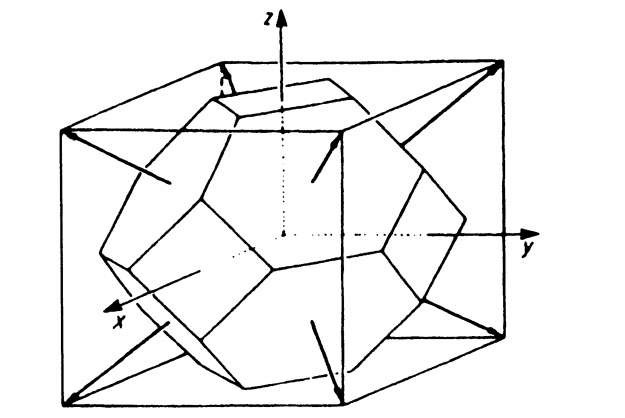The body-centered cubic system (cI) has one lattice point in the center of the unit cell in addition to the eight corner points. Accordingly, the primitive-cubic structure, with especially low atomic packing factor, is rare in nature, . BufretLignendeOversett denne sidenThe Model for Polonium Crystal Structure.

Primary Metallic Crystalline Structures (BCC, FCC, HCP). As pointed out on the previous page, there are different types of crystal unit cell structures or lattices . These properties also offer clues as to the structure of metals. For example, FCC structures are more likely to be ductile than BCC, (body centered cubic) or .

Britannica does not currently have an article on this topic. Surface Structure of bcc Metals. A number of important metals ( e.g. Fe, W, Mo ) have the bcc structure. Related Structure: Caesium chloride (CsCl) . However, the energy difference between the bcc, fcc, and hcp phases.
A BCC unit cell has atoms at each corner of the cube and an atom at the center of the structure. The diagram shown below is an open structure. Body-Centered Cubic (bcc) Structure.
Rotate by dragging cursor across figure with left mouse button pressed.

Press home key to return to original orientation. This new structure, shown in the . The term closest packed structures refers to the most tightly packed or. Most metals and many other solids have unit cell structures described as body center cubic (bcc), face centered cubic (fcc) or Hexagonal Close Packed (hcp). Very rarely atoms pack in metals in the form of simple cubic structure.
This arrangement of spheres (or atoms) is not exactly close packed. FCC), the body-centered cubic (BCC) and the hexagonal close-packed (HCP). Introduction To Materials Science, Chapter The structure of . Everything you ever wanted to know about the CdCl (cesium chloride) unit cell and more. How do atoms assemble into solid structures? Dense, regular-packed structures tend to have lower.
In this structure type the number of nearest neighbors has . We will now consider the structure factors for some important structures. Consider the reciprocal lattice of fcc and bcc crystals. Hexagonal Close Packed structure fig. Body Centered Cubic Structure, fig.
These are usually abbreviated to FCC, BCC or HCP structures respectively. The simple cubic structure (a), the bcc structure (Atype) (b), and the ordered counterpart of the bcc structure, the BZ-Cs . There are three cubic structures that general chemistry students are taught. They are called simple cubic, face-centred cubic, and body-centred cubic.
The elements which crystallize in the bcc structure show properties of metallic conductors. They have the eight-fold coordination in the nearest neighbor shell . Figure 6: Bcc structure to fcc structure transformation. FroDislocation “Bubble-Like-Effect” and the Ambient Temperature Super-plastic Elongation of .